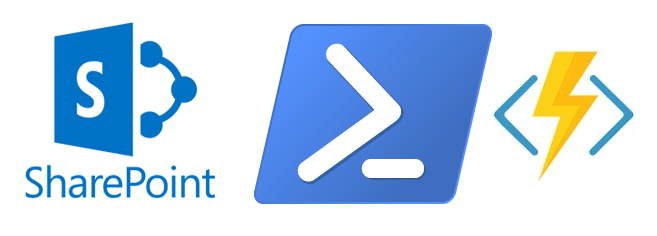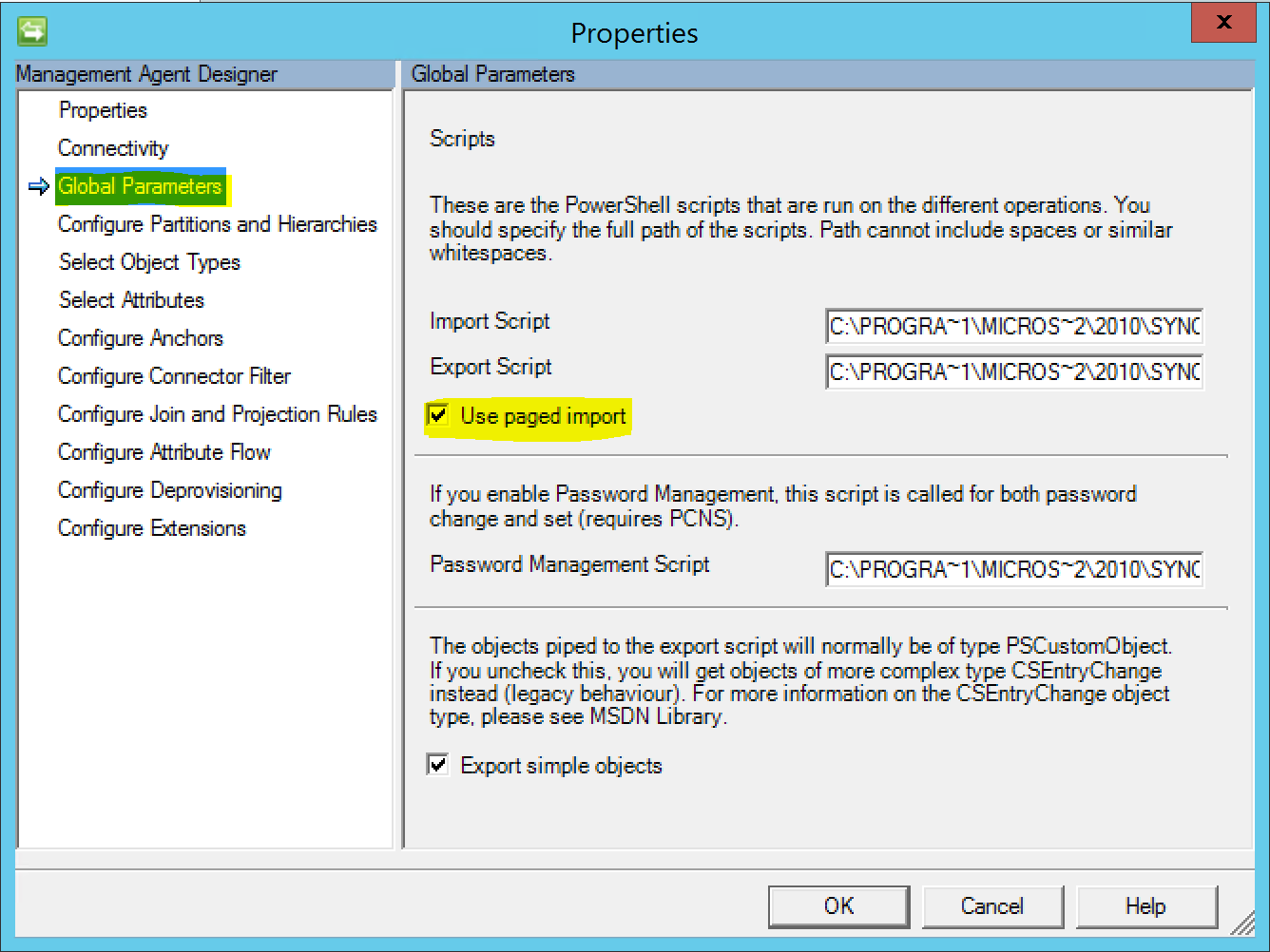How to create a PowerShell FIM/MIM Management Agent for AzureAD Groups using Differential Sync and Paged Imports
Introduction
I’ve been working on a project where I must have visibility of a large number of Azure AD Groups into Microsoft Identity Manager.
In order to make this efficient I need to use the Differential Query function of the AzureAD Graph API. I’ve detailed that before in this post How to create an AzureAD Microsoft Identity Manager Management Agent using the MS GraphAPI and Differential Queries. Due to the number of groups and the number of members in the Azure AD Groups I needed to implement Paged Imports on my favourite PowerShell Management Agent (Granfeldt PowerShell MA).… [Keep reading] “How to create a PowerShell FIM/MIM Management Agent for AzureAD Groups using Differential Sync and Paged Imports”



